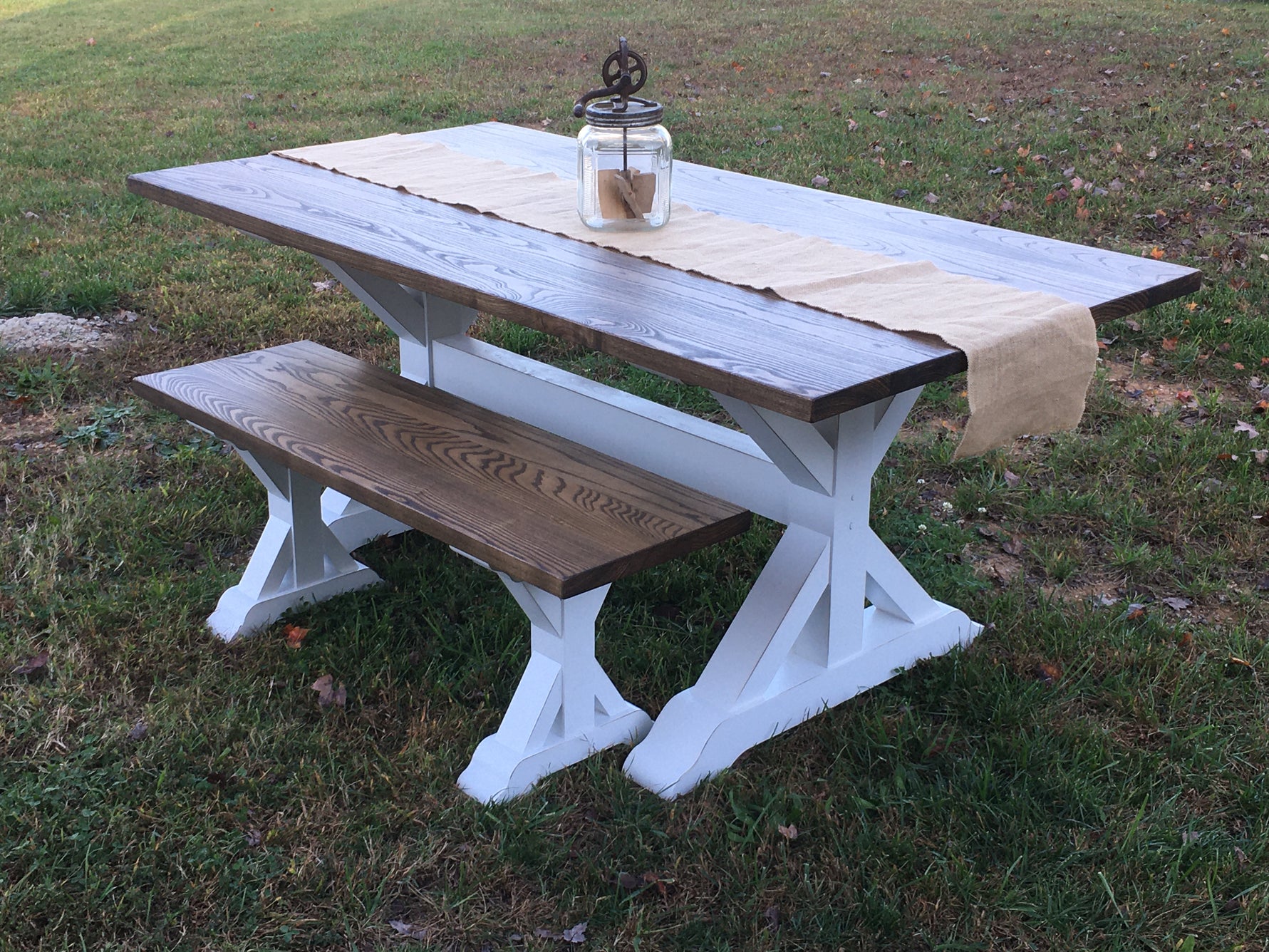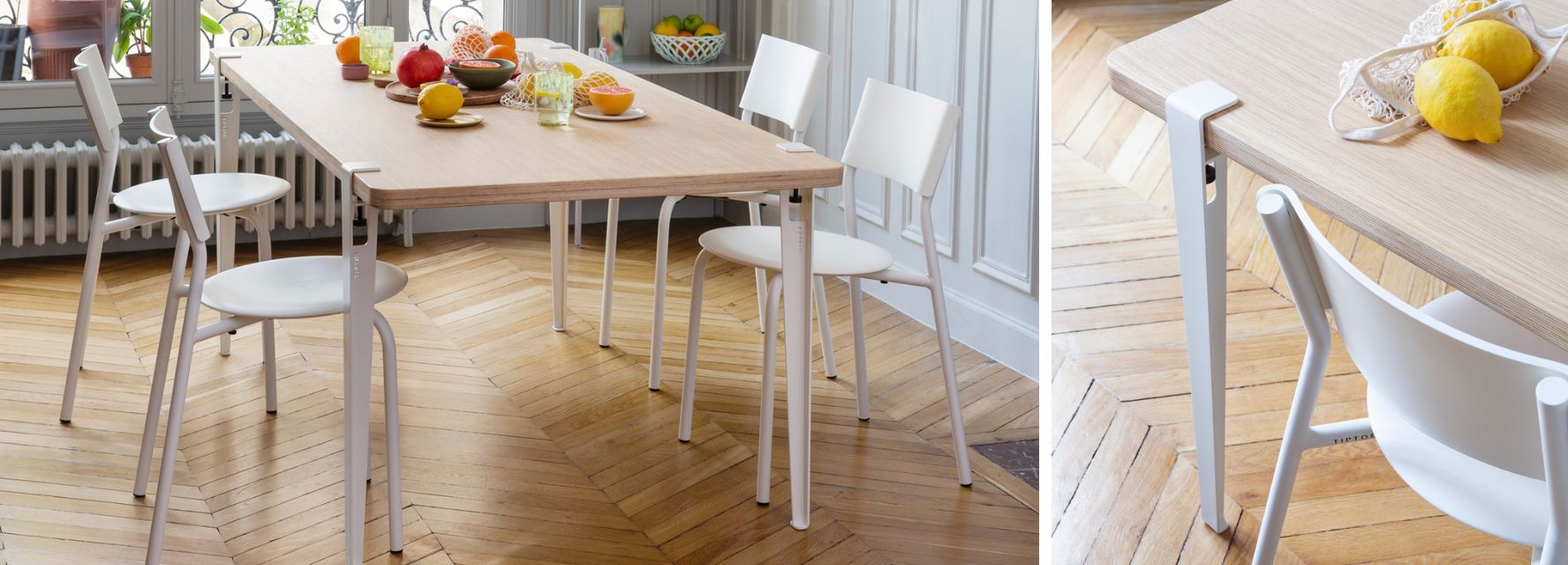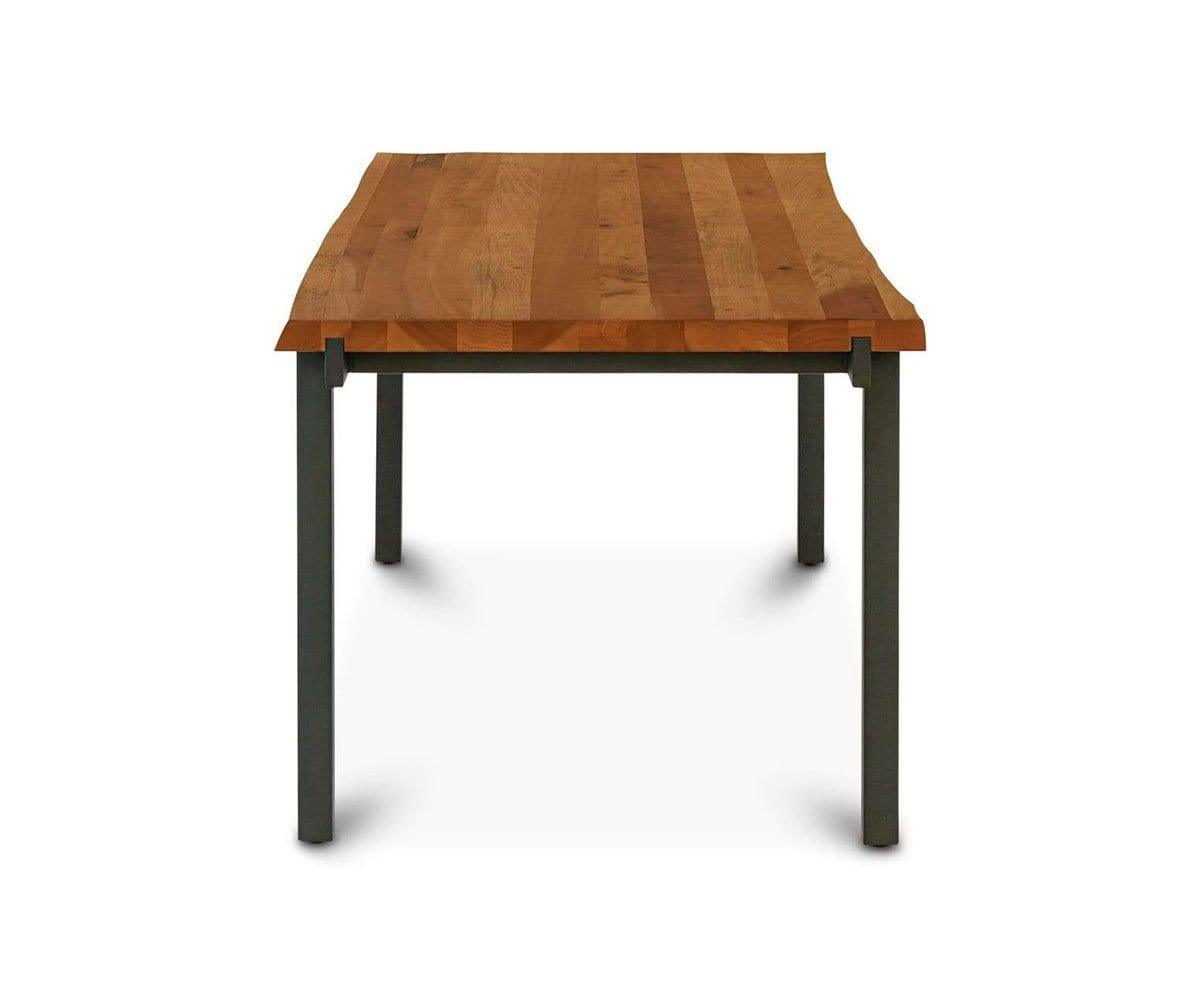Improve Your Dining-room's Aesthetic with Premium Dining Table Legs Wood
Improve Your Dining-room's Aesthetic with Premium Dining Table Legs Wood
Blog Article
Exploring the Various Kinds of Table Legs Timber for Your Dining Space
The selection of table legs wood can profoundly impact both the visual and functional qualities of your eating space. Solid timber options, such as oak and walnut, supply a classic appearance with unrivaled sturdiness, while crafted wood choices provide ingenious styles that imitate the splendor of natural grains. Additionally, the growing fad of redeemed timber introduces a lasting component that attract environmentally mindful consumers. As we explore these various choices, it comes to be necessary to consider not only the visual appeal yet additionally the practical implications of each material option. What factors should lead your choice?
Strong Wood Options

Unlike crafted products, solid timber is much less prone to warping and damages over time when effectively maintained. Each piece of strong timber is unique, showcasing specific qualities that add to the appeal and character of the dining table.
In addition, solid wood can be finished in various methods, ranging from all-natural oils to discolored finishes, permitting property owners to individualize their furniture to match their design. In summary, picking strong wood for dining table legs not just makes sure architectural honesty yet additionally boosts the visual allure of the dining area, making it a beneficial financial investment for any home.
Engineered Timber Alternatives

Plywood, created from several layers of wood veneer, is particularly solid and steady, making it an exceptional selection for eating table legs. Its split structure permits it to hold up against modifications in humidity and temperature much better than traditional solid wood. MDF, on the other hand, uses a smooth surface area for paint or veneering, enabling designers to accomplish a refined look while maintaining architectural stability.
Particleboard, often used in budget-friendly options, provides respectable toughness and is lightweight, making it much easier to deal with. It may not be as resilient as plywood or MDF. When picking crafted wood alternatives, it is important to consider the desired use and preferred visual. These products not only improve the capability of eating areas but likewise permit better design flexibility, guaranteeing that conventional and modern styles can coexist sympathetically.
Reclaimed Wood Features
Redeemed wood uses an one-of-a-kind blend of sustainability and personality, making it a significantly prominent choice for dining table legs. Sourced from old barns, manufacturing facilities, and other structures, recovered additional reading wood symbolizes a history that brand-new products merely can not replicate. Each piece lugs its own story, marked by unique flaws, knots, and varying grain patterns, which add to a table's one-of-a-kind visual charm.
In addition to its visual beauty, recovered wood is an environmentally friendly alternative. By repurposing previously used products, it lowers the demand for new lumber, hence assisting to conserve woodlands and lessen waste. This aligns with an expanding consumer choice for lasting practices in home furnishings.
In addition, recovered wood is often extra resilient than newly gathered timber because of its age. The natural drying out process that recovered timber goes through cause a denser and stronger material, making it much less at risk to warping and splitting. This boosts the longevity of eating tables, allowing them to hold up against the rigors of day-to-day use.
Softwood vs. Wood
When selecting table legs, comprehending the distinctions between softwood and wood is essential for attaining both aesthetic and practical objectives. Softwoods, acquired from coniferous trees, such as yearn and cedar, are identified by their lighter weight and ease of adjustment. They generally display an even more rustic appearance, making them appropriate for informal or country-style dining areas. Softwoods are typically much less sturdy than woods, which can be a consideration for families or those looking for durability in their furniture.
On the various other hand, woods, sourced from deciduous trees like oak, maple, and cherry, are renowned for their density, stamina, and longevity. The intricate grain patterns and abundant shades of hardwoods offer a ageless and advanced charm, making them suitable for official eating settings. While hardwoods often tend to be much more costly and larger, their strength versus damage usually validates the investment.
Eventually, the selection between softwood and wood for dining table legs must straighten with your style vision, use needs, and budget, ensuring that your eating space shows your individual design while staying practical in time.

Coatings and Therapies
The visual allure and long life of table legs can be significantly improved through numerous coatings and treatments. These processes not only shield the timber from damages however likewise boost its appearance, allowing it to enhance varied interior designs.
One typical therapy is tarnishing, look at this site which passes through the timber and improves its natural grain while including color. Stains give a rich, sophisticated look, allowing home owners to match their furnishings with existing style. Alternatively, clear finishes such as polyurethane or varnish produce a protective layer without modifying the timber's original tone, making sure durability versus wear and tear.
Furthermore, natural oils, like tung my latest blog post or linseed oil, nourish the timber and offer a subtle shine, all while being environment-friendly. These oils allow the surface area to take a breath, avoiding dampness accumulation and potential bending.
For those looking for a rustic charm, weather-beaten or distressed surfaces can be applied to create an aged appearance, adding character to the piece. Inevitably, the selection of treatments and finishes relies on personal choice, wanted looks, and the certain timber kind, making it necessary to think about these elements when choosing table legs for your room.
Conclusion
Solid woods, engineered alternatives, and reclaimed choices each offer distinctive benefits, catering to numerous choices and requirements. Inevitably, the option of wood kind need to align with desired design, toughness, and ecological considerations, boosting the total dining experience.
The selection of eating table legs wood can greatly affect both the aesthetic and practical qualities of your dining area - Dining Table Legs Wood. Strong timber options, such as oak and walnut, offer a timeless look with unequaled sturdiness, while crafted timber options offer innovative designs that resemble the richness of all-natural grains. Solid wood supplies an ageless top quality that can raise the total style of an eating area. Each item of strong timber is unique, showcasing individual attributes that include to the charm and character of the eating table
In addition, recovered timber is typically extra durable than freshly collected wood due to its age.
Report this page